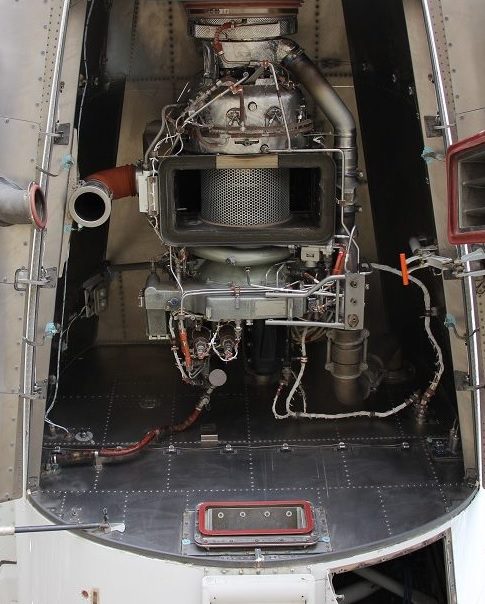Aircraft Lease Transitions – Auxiliary Power Units (APU) & Shop Visits.
An APU is an integral part of the aircraft regarding operability and also it functions primarily as a source for electric and in most cases pneumatic power.
The APU will require maintenance to ensure its operability and such inspections as borescope is used where the internal condition is checked. Trend monitoring might also be used to monitor the condition – factors such as oil consumption or exhaust gas temperature.
For a lease transition we need to consider the APU and check its history also, as this can be an expensive item or have a long duration for external maintenance.
The APU will at some stage require a shop visit – it might be based on condition, or in some cases Safe Life Items (SLI) might drive it; these are also known as Life Limited Parts (LLP). After an APU shop visit (SV) we will receive a lot of information; typically, within the report you should find the following information which you can consider for compliance, records and compatibility to lease return conditions. (Note that some reports might be merged or called slightly different titles as per overhaul facility.)
-Certificate of Release (CRS) such as FAA 8130 or EASA Form 1.
-AD and SB status.
-LLP Life Limited Part status if applicable.
-Replaced Parts List – May also be a missing parts list if items missing when APU supplied to SV.
-Certificates (CRS) such as FAA 8130 or EASA Form 1 for any replaced items.
-LRU configuration listing at entry to overhaul and release form overhaul along with any certification for replaced / new / overhauled installed parts (LRU/QEC items also).
-Modular Configuration detailing the TSO – Time since overhaul/CSO – cycles since overhaul/TSN – time since new/CSN – cycles since new.
-Details for reason for the visit (Failure report).
-Tear Down Report (what was found during dis-assembly).
-Missing parts (common that components will be passed from one APU to another such as generator or starter so there can be several missing parts).
-Engine Test Cell results and margins.
-Items “carried forward” such examples may include components to be leak checked or functioned once the APU is installed.
-Shop Visit technical report and deviation listing if applicable.
Why not follow us on LinkedIn us to learn more and check out our courses at https://ialta.aero/aviation-courses/engines-and-landing-gear-records
